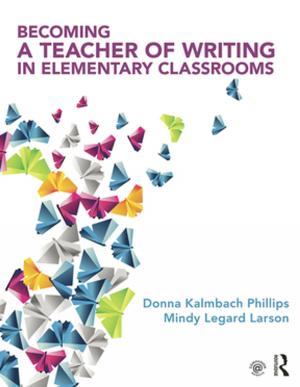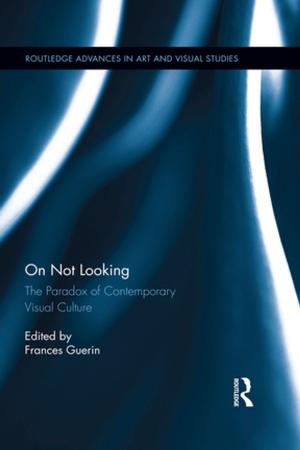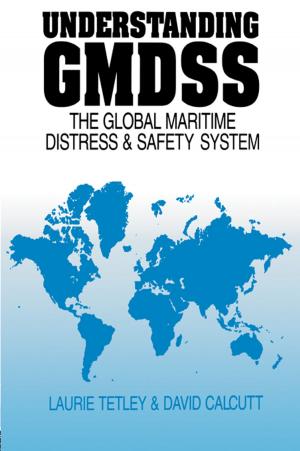Women's Letters Across Europe, 1400–1700
Form and Persuasion
Fiction & Literature, Literary Theory & Criticism| Author: | Jane Couchman | ISBN: | 9781351871273 |
| Publisher: | Taylor and Francis | Publication: | March 2, 2017 |
| Imprint: | Routledge | Language: | English |
| Author: | Jane Couchman |
| ISBN: | 9781351871273 |
| Publisher: | Taylor and Francis |
| Publication: | March 2, 2017 |
| Imprint: | Routledge |
| Language: | English |
In response to a growing interest, among historians as well as literary critics, in women's use of the epistolary genre, Women's Letters Across Europe, 1400-1700: Form and Persuasion analyzes persuasive techniques in the personal correspondence of late medieval and early modern women. It includes studies of well-known women (Isabella d'Este, Teresa of Avila, Marguerite de Navarre, Catherine de Medicis), of those less-known (Alessandra Macigni Strozzi, Louise de Coligny, Glikl of Hameln, Argula von Grumbach, Luisa de Carvajal y Mendoza, Anna Maria von Schurman, Barbara of Brandenburg ) and of others virtually unknown to history (prosperous women like Elizabeth Stonor and Cornelia Collonello and pauper women seeking poor relief in Tours). Comprehensive in scope, Women's Letters Across Europe, 1400-1700 looks at women from England, Italy, France, Spain, Germany, and the Netherlands, and from various levels of society, encompassing the nobility, the gentry, the middle class, and the poor. Each of the essayists considers letters both as historical documents giving insights into women's lives, and as texts in which variations on epistolary forms are used for specific persuasive purposes. The authors of the essays analyze their subjects' capabilities and limitations as letter writers and the techniques they used to influence correspondents, setting these observations in the framework of the women's particular 'stories.' Taken together, the essays and the letter writers discussed therein illustrate in new ways how far from silenced many early modern women were, how they were able to adopt and adapt strategies from the epistolary conventions available to them, and how they could have an impact on their worlds through their letters.
In response to a growing interest, among historians as well as literary critics, in women's use of the epistolary genre, Women's Letters Across Europe, 1400-1700: Form and Persuasion analyzes persuasive techniques in the personal correspondence of late medieval and early modern women. It includes studies of well-known women (Isabella d'Este, Teresa of Avila, Marguerite de Navarre, Catherine de Medicis), of those less-known (Alessandra Macigni Strozzi, Louise de Coligny, Glikl of Hameln, Argula von Grumbach, Luisa de Carvajal y Mendoza, Anna Maria von Schurman, Barbara of Brandenburg ) and of others virtually unknown to history (prosperous women like Elizabeth Stonor and Cornelia Collonello and pauper women seeking poor relief in Tours). Comprehensive in scope, Women's Letters Across Europe, 1400-1700 looks at women from England, Italy, France, Spain, Germany, and the Netherlands, and from various levels of society, encompassing the nobility, the gentry, the middle class, and the poor. Each of the essayists considers letters both as historical documents giving insights into women's lives, and as texts in which variations on epistolary forms are used for specific persuasive purposes. The authors of the essays analyze their subjects' capabilities and limitations as letter writers and the techniques they used to influence correspondents, setting these observations in the framework of the women's particular 'stories.' Taken together, the essays and the letter writers discussed therein illustrate in new ways how far from silenced many early modern women were, how they were able to adopt and adapt strategies from the epistolary conventions available to them, and how they could have an impact on their worlds through their letters.















